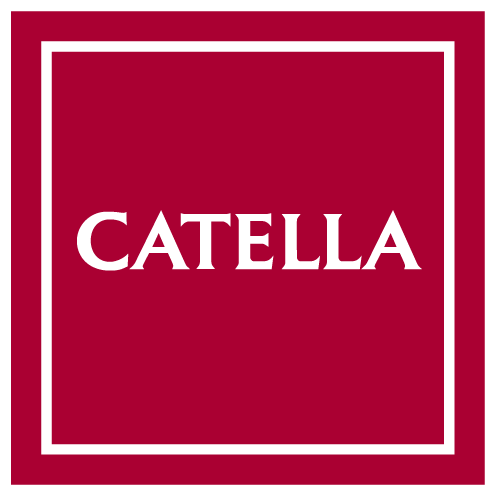The Belle Epoque is an expression that arose in France before the First World War to describe a prolonged period of peace in the country’s history. A combination of major industrial advances transformed society, and electrification and improved logistics on the back of rail and motor vehicles generated significant gains in productivity. This also propelled advances in medicine and hygiene, as well as in politics and art.
The 1900 Universal Exposition in Paris symbolised much of this success, and there were demonstrations of everything from escalators and diesel engines to audio films. The Eiffel Tower, which opened 11 years earlier, and the Grand Palais, a monument erected by the Republic in honour of French art, were the jewels in the crown. In 1902 the romantic Champagne house Perrier-Jouët gave its prestige Champagne the name Belle Epoque, and commissioned French Art Noveau artist Emile Gallé to decorate the bottle with white anemones, inspired from Japan.
The euphoria felt by the people was basically driven by an amazing period of productivity gains, which generated wealth for many people. Longer life expectancy and freedom from war allowed people to focus on more than just survival, and gave the economic freedom to adorn the community with monuments that remain in place 100 years later as symbols of success.
I have previously written about underlying demographic change and its influence on economic development. We are facing a situation in which increasingly many people need to be provided for by a smaller proportion of working people. In some countries, the working population is also stagnant or, at worst, shrinking due to low childbirth or a lack of immigration. But there are major differences between developed economies and some growth regions.
If we want to translate demographic growth into potential economic growth in terms of rising GDP, then we must also take into account productivity improvements. Wealth can continue to increase in a country with stagnant population, provided there are underlying efficiency gains through ongoing productivity improvements. The example in our introduction was taken from a period of exceptional productivity improvement, which for a few decades led to huge industrial progress and clear social improvement.
If we look at productivity improvements in more modern times, there seems to be something of a cycle. Over the ten years 1957-1967, productivity improvements in the US contributed 3 percent per year. This then fell back during the oil and currency crisis before bottoming out in 1982. Following this there was a renewed period of improvement, and in the 10-year period 1996-2005 productivity improvements once gain achieved an annual rate of 3 percent.
As I write this, the trend has once again fallen back and efficiency gains are now at the second-lowest level measured as a rolling 10-year average since World War II. We are seeing a number of technological advances right now, particularly digitalisation. However, we live in a service society where productivity gains are more difficult to achieve and many perceived improvements in wellbeing do not generate any obvious social benefit. For example, online shopping does not change the need for logistics and may even lead to more freight in smaller vehicles, instead of the opposite.
What are the consequences?

Source: US Bureau of Labor Statistics 01-10-2017
After one of the longest equity bull markets for a long time, driven by the lowest interest rates that any living person has experienced, society is now in a euphoria of consumption. Home prices are beating records and car sales, which completely crashed after the sub-prime crisis, have once again reached their former levels. And the same applies to the consumption and prices of luxury wines such as Perrier-Jouët’s Belle Epoque. However, unlike in the good times at the start of the 20th century, these good times are not founded on substantial real improvements in wealth, driven by demographic growth or strong productivity gains. On the surface we can make out financial success, but in the real world no major monuments are being built for the future.
The original Belle Epoque ended with the outbreak of World War I, when the industrial inventions showed the full power of their dark side. Some people claim that the sinking of the Titanic in 1912 was, in fact, both the emotional and symbolic end of an era of enjoyment, confidence in the future and symbolic monumentalism.
What will be the wake-up call in our present cycle? This is still unclear, and the music is still playing on the upper deck.
Erik Kjellgren
Telephone: +46 8 614 25 12
erik.kjellgren@catella.se
